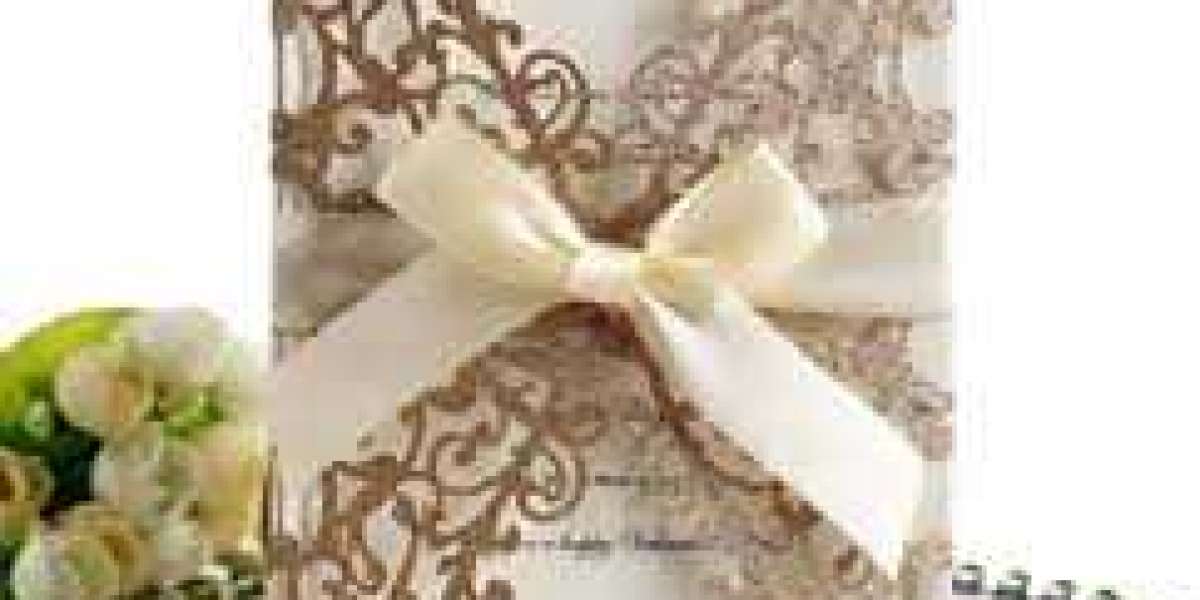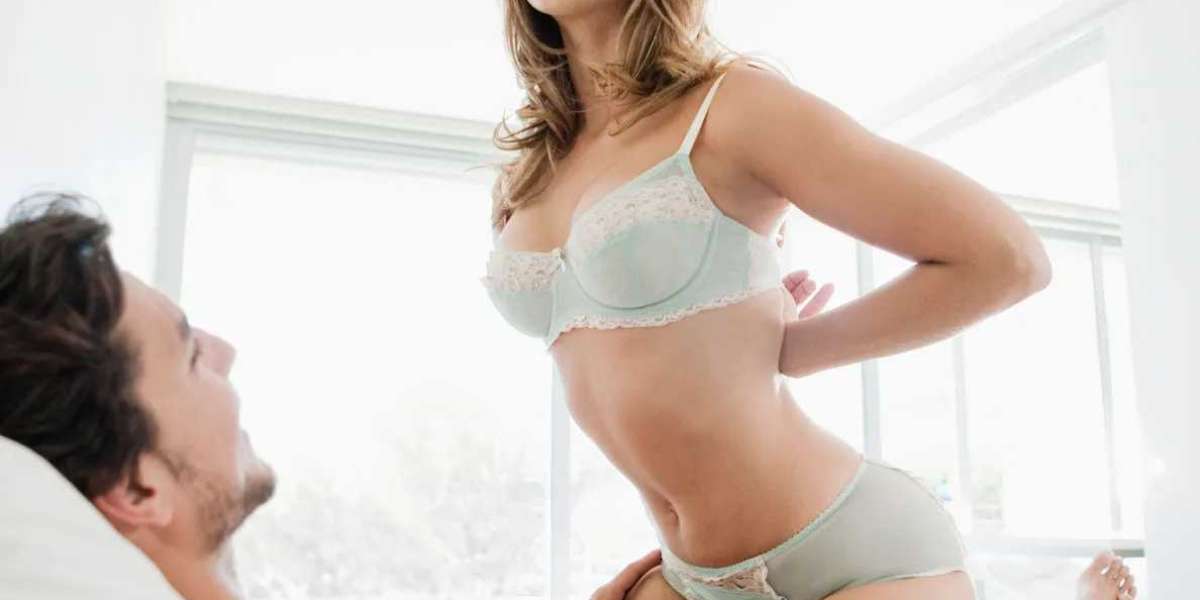Planning a wedding involves a myriad of details that come together to create a cohesive and memorable event. Two elements that significantly contribute to the overall experience are wedding stationery and the wedding wishing well. Both play unique roles in setting the tone, conveying essential information, and adding personal touches to your celebration. This article explores the importance of wedding stationery and the tradition of the wedding wishing well, providing insights on how to integrate these elements seamlessly into your big day.
The Role of Wedding Stationery
Setting the Scene
Wedding stationery is often the first interaction guests have with your wedding. It encompasses all printed materials related to your event, from save-the-dates and invitations to programs, menus, and thank-you cards. Thoughtfully designed wedding stationery sets the tone, reflects your theme, and ensures that your guests are well-informed and excited about the occasion.
Key Components of Wedding Stationery
- Save-the-Dates: These pre-invitation notices give guests advance warning to mark their calendars.
- Invitations: The formal invitation includes crucial details such as the date, time, location, and RSVP information.
- RSVP Cards: These help you track guest attendance and any special dietary needs.
- Programs: These provide an outline of the ceremony, including key participants and any special rituals.
- Menus: Detailed menus can enhance the dining experience by informing guests about the courses and any dietary options.
- Place Cards and Seating Charts: These help guests find their seats and ensure an organized seating arrangement.
- Thank-You Cards: Sent after the wedding, these express gratitude to your guests for their attendance and gifts.
Designing Your Wedding Stationery
- Consistency: Ensure that all pieces of your wedding stationery suite have a consistent design that reflects your wedding theme and colors.
- Personalization: Add personal touches such as custom monograms, meaningful quotes, or motifs that are significant to your relationship.
- Quality: Invest in high-quality paper and printing techniques, such as letterpress or foil stamping, to make your stationery stand out.
The Tradition of the Wedding Wishing Well
What is a Wedding Wishing Well?
A wedding wishing wella creative and often decorative way for guests to present monetary gifts to the newlyweds. Traditionally, guests would drop cards or envelopes containing cash or checks into the wishing well, symbolizing their best wishes for the couple's future.
Incorporating a Wedding Wishing Well
- Announcement: Mention the wishing well in your wedding invitations or on your wedding website. Wording should be tactful and polite,
ensuring that guests understand it as an optional and appreciated gesture. Example wording could be, "Your presence at our wedding is the greatest gift of all. However, if you wish to contribute to our future, a wishing well will be available for your convenience."
Design and Placement: The wishing well should match the overall theme and decor of your wedding. It can be a decorative box, a vintage suitcase, a beautifully adorned basket, or even a custom-made structure that resembles a traditional well. Place it in a prominent but accessible location at the reception, such as near the entrance or the gift table.
Signage: Use clear and elegant signage to explain the purpose of the wishing well. This can be a framed sign or a beautifully calligraphed message that reads, "Wishing Well – Your kind wishes and contributions are greatly appreciated."
Coordinating Wedding Stationery and Wishing Well
For a cohesive look and feel, your wedding stationery and wishing well should be harmoniously integrated into your wedding design. Here are some tips to achieve this:
- Unified Design Elements: Use the same fonts, colors, and motifs in your wedding stationery and wishing well signage. This creates a seamless visual experience for your guests.
- Theme Consistency: Ensure that the design of your wishing well complements the overall theme of your wedding. For example, if you have a rustic wedding, a vintage wooden wishing well with matching stationery will tie the elements together beautifully.
- Personal Touches: Incorporate personal elements into both your stationery and wishing well. This could be a custom monogram, a significant quote, or a shared motif that tells your unique love story.
Conclusion
Wedding stationery and the wedding wishing well are essential components that enhance the overall wedding experience. Thoughtfully designed stationery sets the tone for your event, ensures guests are well-informed, and adds a personal touch to your celebration. Meanwhile, the wishing well offers a charming and practical way for guests to contribute to your future.
By carefully coordinating these elements, you can create a cohesive and memorable wedding that reflects your style and personality. Whether through the elegance of your invitations or the thoughtful design of your wishing well, these details will leave a lasting impression on your guests and contribute to the joy and success of your special day.



